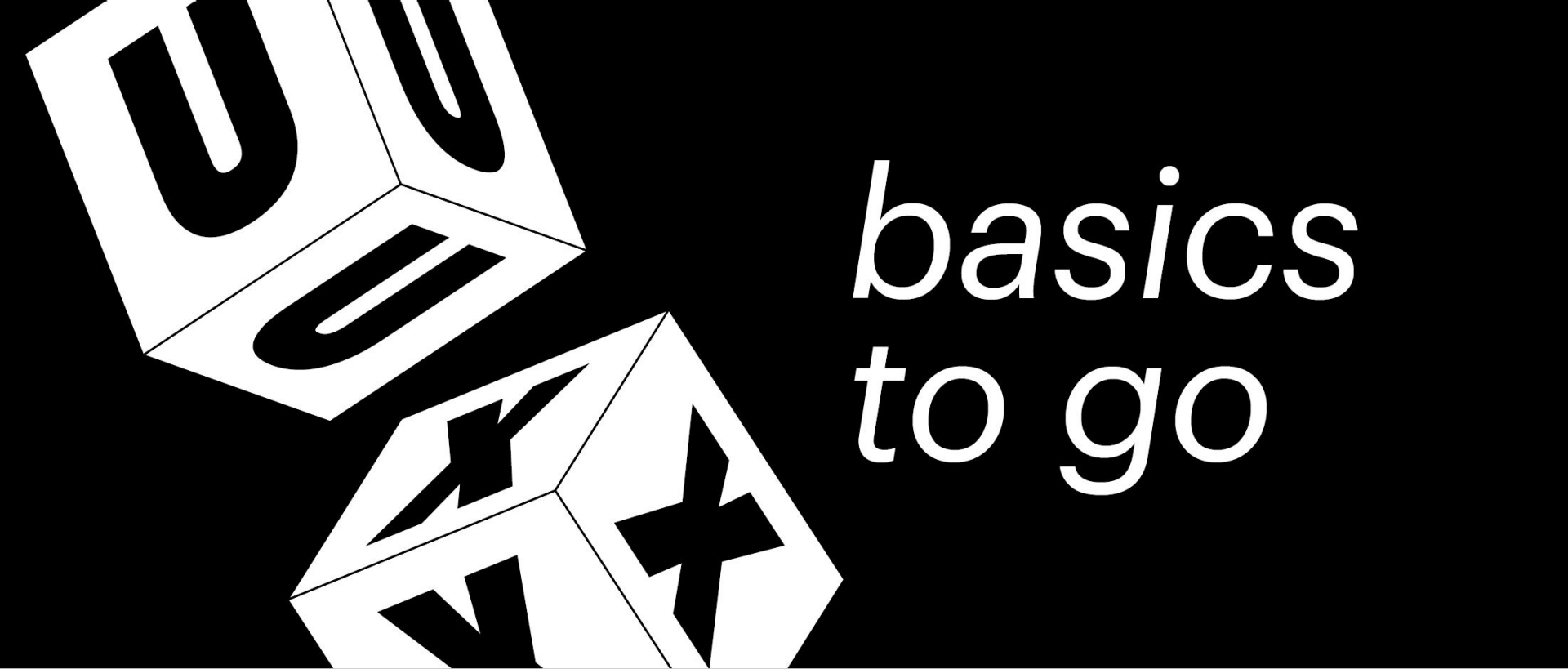Wir haben leider kein passendes Ergebnis gefunden.
What is the Difference between UX and Usability?


Usability as quality attribute
User experience and usability are two terms that have some overlapping points, but still do not mean the same thing. Both terms focus on user satisfaction when dealing with digital, physical or analog products.
Usability as Quality attribute
Usability generally refers to the user-kindness or usability of systems or products with an interface to humans. These can be e.g. websites, computer software, mobile devices or medical devices. But it is also possible to associate everyday objects with usability. For example, a door that requires multiple attempts to pull or push it in the right direction, may have poor usability. A video by Joe Posner shows this in an entertaining way.
We at Facit Digital deal with the usability of digital products such as websites or mobile apps on a daily basis.
Usability can be regarded as a sort of quality attribute that is composed of different components: Satisfaction, effectiveness and efficiency while using an interactive system (DIN ISO 9241-11). If a product or a system is characterized by good usability, usually that is not noticed by users at all. In contrast, bad usability quickly becomes noticeable as it can negatively influence the usage process and thus quickly lead to frustration. In eCommerce, the consequence of bad usability could be a termination of the purchase process in an online shop, e.g. due to complicated payment processing. Simple navigation, understandable content or a fast purchase process, on the other hand, are examples of good usability. Usability can be measured by observing each Usecase during the user journey and documenting whether the user has solved it independently. In addition, the subjective difficulty can be explicitly queried.
Subjektive Schwierigkeit und beobachtete Erfolgsquoten verschiedener Usecases während der User Journey
User Experience includes emotional components.
User Experience (UX) on its other hand, is a broader concept. In general, it covers all aspects of the entire user experience, including pre- and post-use. UX especially involves emotional components: What expectations did a user got of the system and the way in which these were fulfilled? What emotions, reactions or behaviours did the use of the product cause? The emotional state of a user during the entire usage process decides on a user experience that is more or less good. Emotions during the User Journey can be measured explicitly with an emotion scale. During the interaction with the product, the user is presented with a scale on the basis of which he is to classify his emotional state. Parts of this scale for self-assessment of emotion are e.g. anger, frustration or satisfaction.
A term that is often used in combination with UX is the Joy of Use, i.e. the joy of using a product. If there is a high Joy of Use, the User Experience is correspondingly good. Poor user experience, on the other hand, can occur if the consequences of interaction with the product are negative. If, for example, the online booking process for a flight ticket runs smoothly but you don't get a booking confirmation and can't reach customer service, the user experience is more likely to be negative, even if the usability is good.
However, the user experience of digital products can also be influenced by physical or non-digital factors. For example, if the Online-Shopping experience is positive, but the package arrives damaged at home, the negative impact on the user experience of the entire online buying process, is that the user's expectations of the system have not been met. The usability of the online shop would, however, remain unaffected by this.
